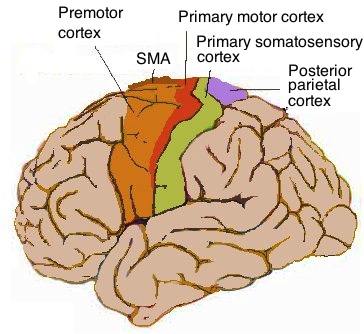The kind of acrobatics that robots are called upon to perform in science fiction novels/ movies , would certainly cost them an arm or a leg. However in SF Imagination is unbound and the limbs regrow in a jiffy. But alas! Imagination and Reality are not so close neighbors. Currently a reality check is being done on the possible options available for a robot injured in action, in the battle field. Their focus is to design robots that can adapt like animals. (1,2). Living beings possess natural instincts accumulated over time, and also revised/ refined through learning and memory, to adapt to unexpected and uncertain situations. Cully et al equipped the robot with a unique trial and error algorithm (a behaviour-performance map with weighted values) The algorithm contained a number of possible failure modes and their corresponding most optimal responses. So to begin with Cully et al envisaged a robot injured in about 19 different ways, with broken arm or a leg. Empowered with this behavior-performance map, the robot could manage the situation in less than 2 minutes. The leader of the team Jean-Baptistre Mouret says "I study machine learning and evolutionary computation to design highly adaptive robots". Mouret's website presents several, very interesting videos that explains it all.
 |
| Courtesy: wikipedia |
1. Robots that can adapt like animals : Cully etal Nature 28 May 2015 pp503-507
2.Robots with instincts : Adami: Nature 28 May 2015 pp 426-427
3.Decoding motor imagery from the posterior parietal cortex of a tetraplegic human :Aflalo etal Science 22 May 2015, pp906-910
4. Reading the mind to move the body: Pruszynski & Diedriehsen Science 22 May 2015 pp 860-861